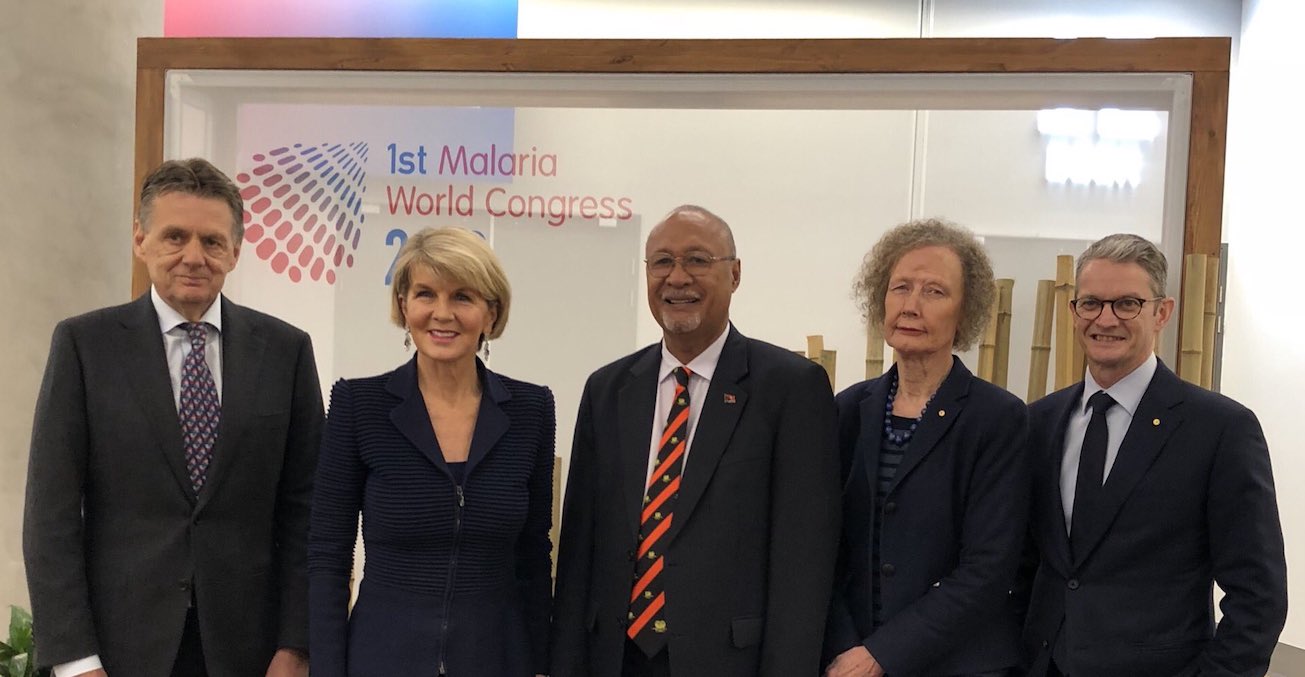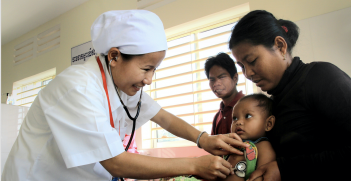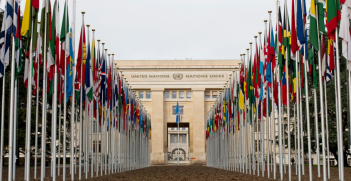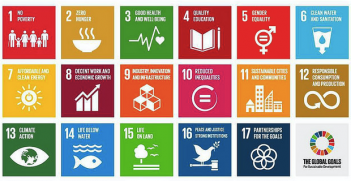Taking a Stand at the First Malaria World Congress

The inaugural Malaria World Congress held last month was the first global forum linking the science with the policy and practice of malaria elimination.
“Malaria is the ‘invisible disease’ despite being one of the deadliest in human history,” said Dr Pedro Alonso, Director of the Global Malaria Program of World Health Organisation (WHO). He spoke at the opening session of the first Malaria World Congress held in Melbourne from 1-5 July 2018. Dr Alonso illustrated his case by comparing the focus on malaria with the Ebola crisis of 2014-15. Ebola was declared a public health emergency of international concern by the WHO and received sustained global news coverage. Yet, more people actually died of malaria in the three most affected countries: Guinea, Liberia and Sierra Leone.
There has been substantial progress in the fight against malaria, with deaths globally falling by 60% between 2000 and 2016 and an additional 18 countries declared malaria-free. However, “the status quo is not okay” was a central theme that emerged as a driving force behind almost every session of the Congress.
While malaria scientists have been convening regularly, a global forum that links the science with the policy and practice has not happened before. The aim of the Congress was to break down silos and promote understanding and synergies across the sectors leading to stronger cooperation, innovation and action towards achieving the Sustainable Development Goals (SDGs) target of malaria elimination by 2030.
The Congress was organised around four pillars: putting people at the centre; frontline and implementation; global, regional and country governance; and leadership and science. Both plenary and parallel sessions were intentionally designed to mix speakers from the different pillars. In doing so, the Congress aimed to expose people to topics that were often overlooked in order to better stimulate the malaria research community on key issues surrounding the elimination. Although some attendees found this mixing frustrating, the general feedback was very positive.
The strong emphasis on the theme “the status quo is not okay” may seem strangely negative, given the unprecedented success in controlling malaria over the last 15 years. To understand why this theme resonated so strongly with the more than 1000 registrants from 68 countries requires an understanding of where and who bears the burden of malaria. Other than the global and national statistics, the history of past national efforts to eliminate malaria and the investment case for elimination must be understood.
The burden of disease
Malaria is currently present in 91 countries that increasingly fall into two categories: those progressing towards elimination, and those with a high burden of malaria. Progression towards elimination is the situation in many, but not all, countries in Southeast Asia, the Pacific and Latin America. On the other hand, 90 per cent of the 445,000 deaths and the 216 million cases in 2016 occurred in Sub-Saharan Africa. In these countries with a high burden, malaria is now again increasing.
As Dr Mpunju Shumbusho, Chair of the Roll Back Malaria Partnership to End Malaria Board, said in the closing session, this Congress was a significant global moment in the fight against malaria. It brought together the two streams of high-burden malaria and malaria-elimination countries that had been largely operating separately.
Within countries, be they on an elimination track or struggling with a high burden of disease, malaria impacts disproportionally on women and children under five years, poor marginalised communities and mobile workers including illegal immigrants. It is a disease of poverty, which in turn creates poverty. It was suggested repeatedly that, although malaria elimination is clearly achievable, the lack of outrage means that elimination is not given the attention it warrants due to the voicelessness of the people most at risk of contracting malaria. This runs counter to the key underlying principle of the SDGs which is “no one left behind”.
Lessons from the 1950s and 1960s provide ample evidence that a failure proactively to maintain effective control and vigilance right through to elimination will inevitably result in resurgence. This might wipe out the gains of the last 17 years. The current major resurgence of malaria in Venezuela with the collapse of its economy is a stark reminder of this overly present danger. Nearer to home, we are seeing a disturbing increase in malaria in Papua New Guinea as funding has been reduced.
The investment case for elimination
Eliminating malaria would make a massive difference to the lives of many millions of largely vulnerable and marginalised people. In addition, it would also lift the social and financial burden of malaria, which undermines not only individuals but also countries’ paths to sustainable economic development. In the Asia-Pacific region, the economic benefit of eliminating malaria has been estimated at USD 90 billion (AUD 121 billion), which equates to a return on investment of 6:1.
One apt description of the Malaria Congress was “a coming together” of people, organisations, countries and specialists that had previously seen malaria through their own particular context or focus. Some may have come to the Congress ambivalent about the feasibility of actually committing to the elimination of malaria and of working collaboratively across sectors. But by the closing session, no one was questioning that path as the way forward.
A collective call to action was captured in the Statement of Action endorsed by delegates at the final session. Delegates identified five key principles with associated urgent action. The five principles are:
- Think creatively outside existing solutions and promote scientific and social innovation: “create a culture of problem-solving not task-performing”.
- Engage vulnerable communities and civil society as equal partners in this fight.
- Listen then act collaboratively.
- Hold ourselves to account. Facilitate cross-sector conversations and relationships.
- Commit to mobilising increased and sustained financing for malaria control and elimination.
One conspicuous step along the path to action was the creation, for the first time, of a global Civil Society for Malaria Elimination (CS4ME) network. This was matched by a public and joint commitment from some of the largest funding organisations to engage strongly with civil society and communities, in the malaria response.
As with any gathering, the proof of its success or value will be the translation of commitments and inspiring words into sustained action and ultimately to meeting the SDG and WHO targets for elimination. It is the responsibility of all parties present to take a stand and hold themselves accountable to ensure success.
Helen Evans AO FAIIA is an Honorary Associate Professor at the Nossal Institute for Global Health, University of Melbourne and a Co-Chair of the Malaria World Congress 2018. She was previously Deputy Executive Director at The Global Fund to Fight AIDS, Tuberculosis and Malaria. In 2017 she was recognised as a Fellow of the AIIA.
This article is published under a Creative Commons Licence and may be republished with attribution.





